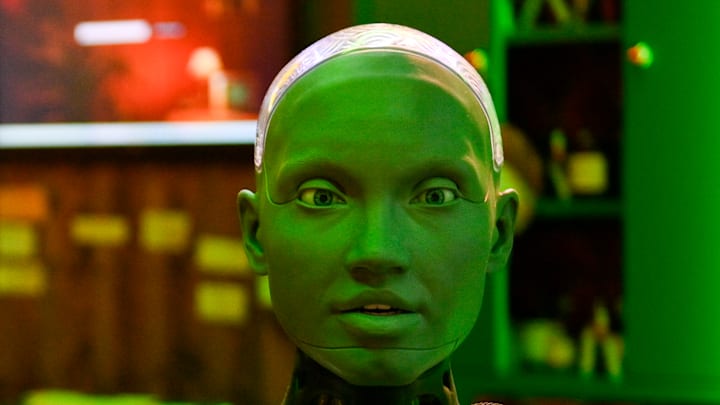Artificial Intelligence (AI) is hugely popular right now and is revolutionizing the way we do just about everything. It has also been advancing at an incredible pace over the last several years, with improvements announced every few months. The invention of language models (LLMs), sophisticated neural networks, and the ability to access vast computational resources got everything started and helped create products like ChatGPT.
However, recent trends suggest this rapid advancement might be beginning to slow down. Industry leaders and researchers are raising concerns about diminishing returns from scaling AI models, as recent efforts to expand models have yielded only incremental gains, leaving many wondering if we’ve hit the upper limit of what AI can do.
Hardware and computational bottlenecks
The development of cutting-edge AI models requires a lot of computer power, which primarily comes from GPUs and other specialized hardware. Companies like Nvidia have revolutionized AI infrastructure, but they have faced challenges. For instance, reports of overheating in their latest chips have highlighted the physical limitations of current hardware.
The global semiconductor supply chain, with its continuous disruption and high prices, is also making it harder for companies to maintain their pace of development, as is the ever-growing energy demands of training and running massive AI models. These factors might force the industry to focus on creating models that are less computationally intensive.
Economic realities shaping AI’s future
The financial investments required for research, infrastructure, and talent are skyrocketing. As a result, tech companies are becoming more selective about the projects they pursue. This caution is creating a natural brake on the industry’s progress, with many businesses prioritizing profits over research.
However, this economic pressure might encourage innovation and allow smaller companies to enter the field. Cost-effective AI development strategies that focus on building smaller, task-specific models may also become more common and will enable the industry to grow.
One promising avenue is algorithmic innovation, where the focus shifts from scaling models to rethinking their architecture and logic. A notable example is 'inferentialism,' a new system of logic that aims to improve machine reasoning and decision-making, potentially transforming how AI systems operate.
AI explained: What artificial intelligence is and how it can work for you
The integration of AI with other technologies
Looking forward, the future of AI may lie in its integration with complementary technologies such as robotics, the Internet of Things (IoT), and quantum computing. By combining AI with these fields, researchers can create smarter, more adaptable systems capable of solving complex, real-world problems. For instance, AI-powered IoT systems are already transforming industries like healthcare and manufacturing by enabling more precise monitoring and predictive analytics.
Quantum computing may also help to advance AI by providing computational power far beyond what is currently available. As these technologies develop, AI will likely continuu to develop right along with them. While it may not continue to advance as quickly as it has been,it’s here to stay and will likely continue to evolve for many deades to come.
Folow GeekSided to stay up to date with all new advancements in AI
